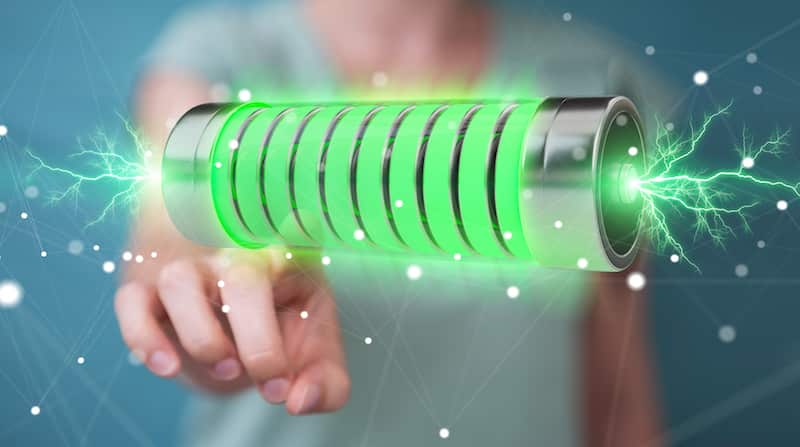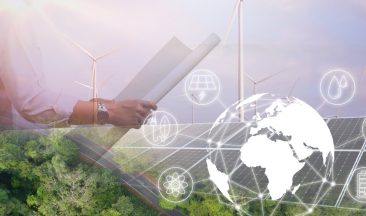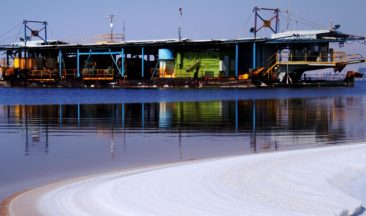The world is constantly seeking sustainable solutions for energy production and storage. Solar now is cheaper than fossil fuel plants. On a cost per megawatt basis, it’s now cheaper to build solar rather than fossil fuel plants according to the International Energy Agency’s World Energy Outlook 2020.
Fossil fuels still comprise 80% of the world’s energy requirements
While the current climate change debate continues to rage, it is acknowledged that the world is warming and there is a need to neutralize greenhouse gas emissions from fossil fuels which currently still comprise 80% of the world’s energy requirements, and make the move to green energy.
With major reductions in the cost of wind and solar photovoltaic (PV’s) energy production, and the advances in the technology supporting them, these renewable energy resources will become major components of global electricity systems.
The move to cost-effective sustainable energy solutions
This is the long-awaited advance in efficient, cost-effective, sustainable solutions for energy storage that the world has been waiting for.
New solar and wind waves as well, farms have outpaced the builds of new power plants in the U.S. Furthermore, coal-fired plants continue to be retired at a record pace.
The power of consumerism in the move to solar and wind energy
Consumers play a significant role in driving these changes for greener energy and have been a major driver in the movement to reduce global warming and climate change.
To this end, California is installing solar panels and wind turbines with the lofty goal of zero-emissions electricity by 2045 with the intention that green energy is here to stay.
Solar photovoltaic (PV) energy has become relatively commonplace and is used wherever electricity is needed, particularly in areas off the grid.
Solar and wind as environmentally friendly energy solutions
Solar is an environmentally friendly, popular, and less expensive means of generating power in a safe, efficient, non-polluting, and reliable manner on site, especially when the grid is located remotely, and wind generators are in the sea or in the desert.
As solar and wind energy is subject to the vagaries of weather, sunlight, and wind availability and the cost of grid energy is often time-of-usage based, with high usage during the morning peak and late afternoon periods, high-capacity energy storage systems are needed for this green energy which is not readily transferable to where it is most needed.
ICL’s sustainable solutions for green energy storage
High-performance batteries for electric cars
EV in Passenger Vehicles
Another area of significant green energy growth is the passenger electrical vehicle (EV) and the industrial heavy-duty electrical vehicle market which are growing at a rate of 29% with a noble goal of 100% EVs by 2050. EV’s are popular because of their environmental friendliness, fewer moving parts, and single-speed transmission.
Tesla’s innovation kicked off public awareness of electric cars and hybrids.
Extending Electric Vehicle Range
The range of operation, before needing to be recharged, of high-performance batteries for electric cars has been the biggest concern to EV users.
Limited Battery Life
Also, their limited battery life which is estimated to be at 500 charging recycles, and having to be replaced at every 65,000 miles was a significant deterrent. These advanced batteries will eventually deplete and are affected by high temperatures which adversely affect their performance.
EV in trucking and heavy machinery
The trucking and heavy machinery and equipment markets demand for green energy is far from the levels observed in passenger cars and commercial vehicles, but the market is moving in that direction with trucks, forklifts, heavy machinery, and even hydraulic excavators now using electric motors.
These are welcome in many markets where emissions and noise are highly regulated. The investment in R&D for high-performance batteries for electric cars has been intense in the past few years, and the demand for these batteries will continue to rise along with the demand for electric cars.
The need for efficient energy storage
To continue building the path to a renewable energy-powered world, more efficient energy storage in batteries is a must. All of these energy-intensive applications require storage at low cost and high energy density supplied safely and efficiently.
You may be interested in:
The Future of Batteries In Renewable Energy Storage
Bromine Based Flow Batteries and Renewable Energy Storage Solutions
ICL’s Energy Storage Solutions – Promoting Sustainability

Bromine-based flow batteries: a promising solution for green energy storage.
Two Compartment, Non-Flammable, Lower Cost Energy Storage Systems
ICL’s bromine Zinc bromine flow batteries (ZBFB) are one of the most promising means for large-scale energy storage due to their lower cost and non-flammability.
Zinc bromine flow batteries consist of two compartments containing different electrolytes separated by a microporous membrane. The electrolytes flow past carbon-plastic composite electrodes which serve as a substrate for the electrochemical reactions.
ICL R&D support
The use of fossil fuels is one of the major causes of the world’s climate change and environmental decline. It is imperative to switch to more sustainable sources of energy and be able to store it. Global renewable energy usage is expected to continue its upward growth trend and increase its share in the energy market to over 60% by 2050.
As a leading innovator we are utilizing our vast R&D capabilities to develop more sustainable, renewable, and environmentally safe energy generation and storage solutions, to safeguard the future of mankind and our planet for generations to come.
We continually seek innovative ways to use bromine, phosphates, and other minerals to safely improve energy storage solutions with higher capacity, longer life, smaller size, and weight.







